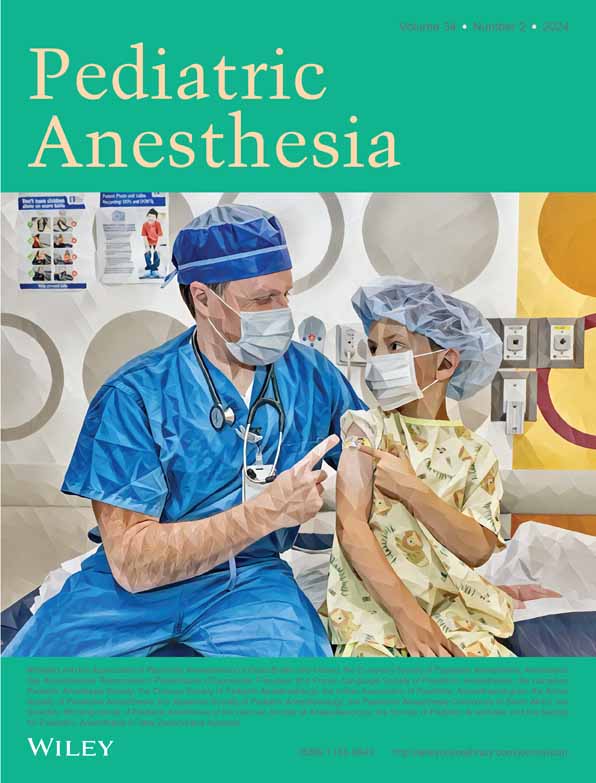Airway topicalization in pediatric anesthesia: An international cross-sectional study
Section Editor: Thomas Engelhardt
Abstract
Background
There is no national or international consensus or guideline on recommended dosing of lidocaine for airway topicalization in children. Doses quoted in the literature vary substantially.
Aims
The primary aim of the study was to ascertain current international dosing practices (mg.kg−1 and concentration of solution) for lidocaine airway topicalization in children. The secondary aims included examining aftercare instructions for those receiving lidocaine airway topicalization and instances of local anesthetic systemic toxicity secondary to the use of lidocaine for airway topicalization in pediatric patients.
Methods
This cross-sectional study consisted of 11–20 questions across three domains—population demographics, clinical practice, and local anesthetic systemic toxicity. It adhered to the consensus-based checklist for reporting of survey studies. Responses were collected over 14 weeks using a combination of probability (cluster and simple random) and nonprobability (purposive, convenience and snowball) sampling. Data were analyzed based on the response rate per question with proportions expressed as percentages and nonparametric data expressed as median (interquartile range [range]) in an effort to minimize nonresponse error. No weighting of items or propensity scoring was applied.
Results
After initial exclusions, 1501 participants from 69 countries, across six continents, were included. Consultant anesthetists or those with an equivalent level of experience accounted for 1262/1501 (84.1%) of responses. Results showed heterogeneity in dosing and timing regimens and evidence that dosing may contribute to adverse outcomes. The maximum dose reported by participants who use lidocaine for airway topicalization as part of their normal practice was 5 mg.kg−1 (4–6 mg.kg−1 [0.5–50]) median (interquartile range [range]) over 2 h (1-4 h [0–30]).
Conclusion
The results support the need for further research and consensus in this area, in order to provide safe provision of lidocaine airway topicalization in children. It is hoped the results of this study can support future collaborative work in this area.
Open Research
DATA AVAILABILITY STATEMENT
The data that support the findings of this study are available from the corresponding author upon reasonable request.




